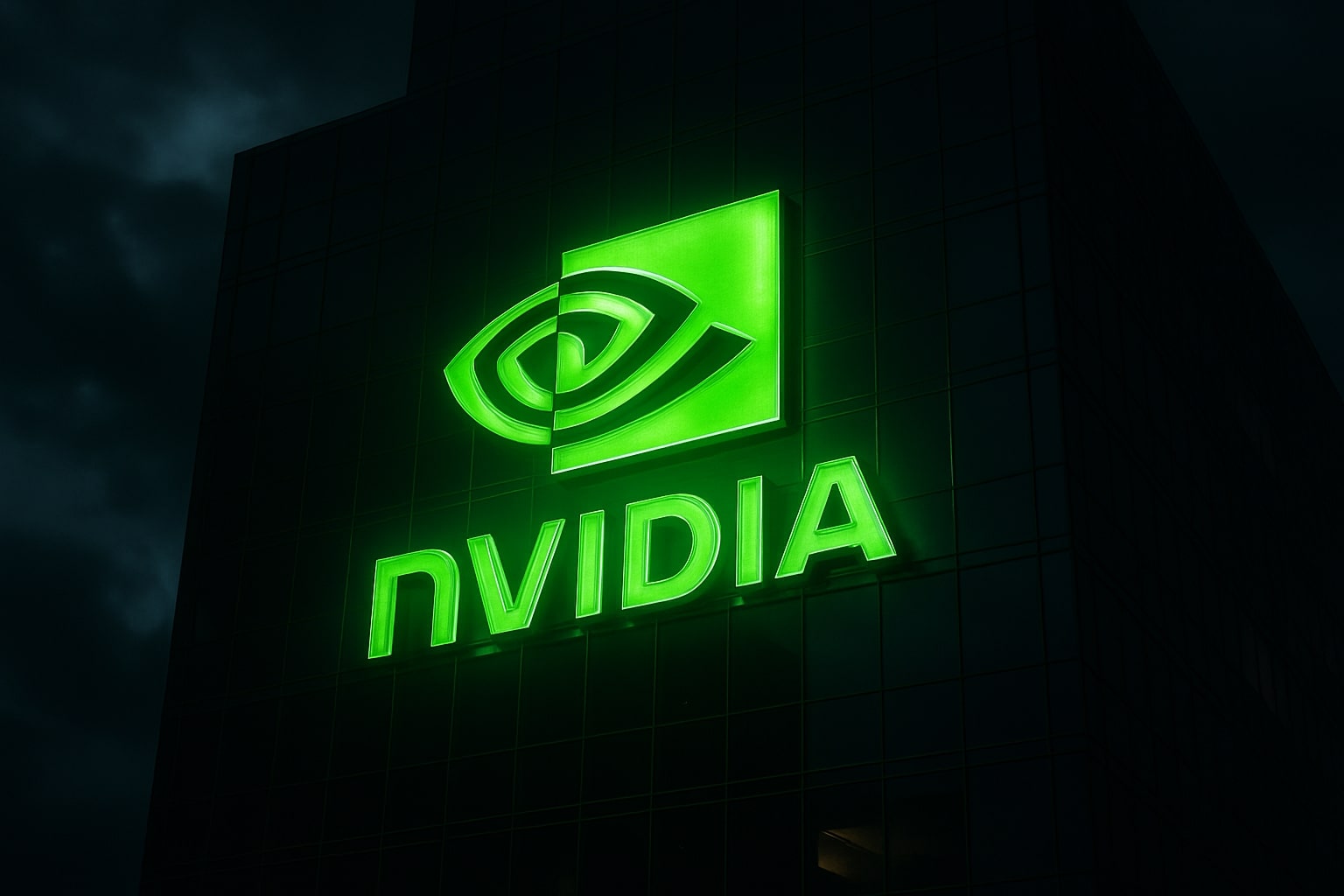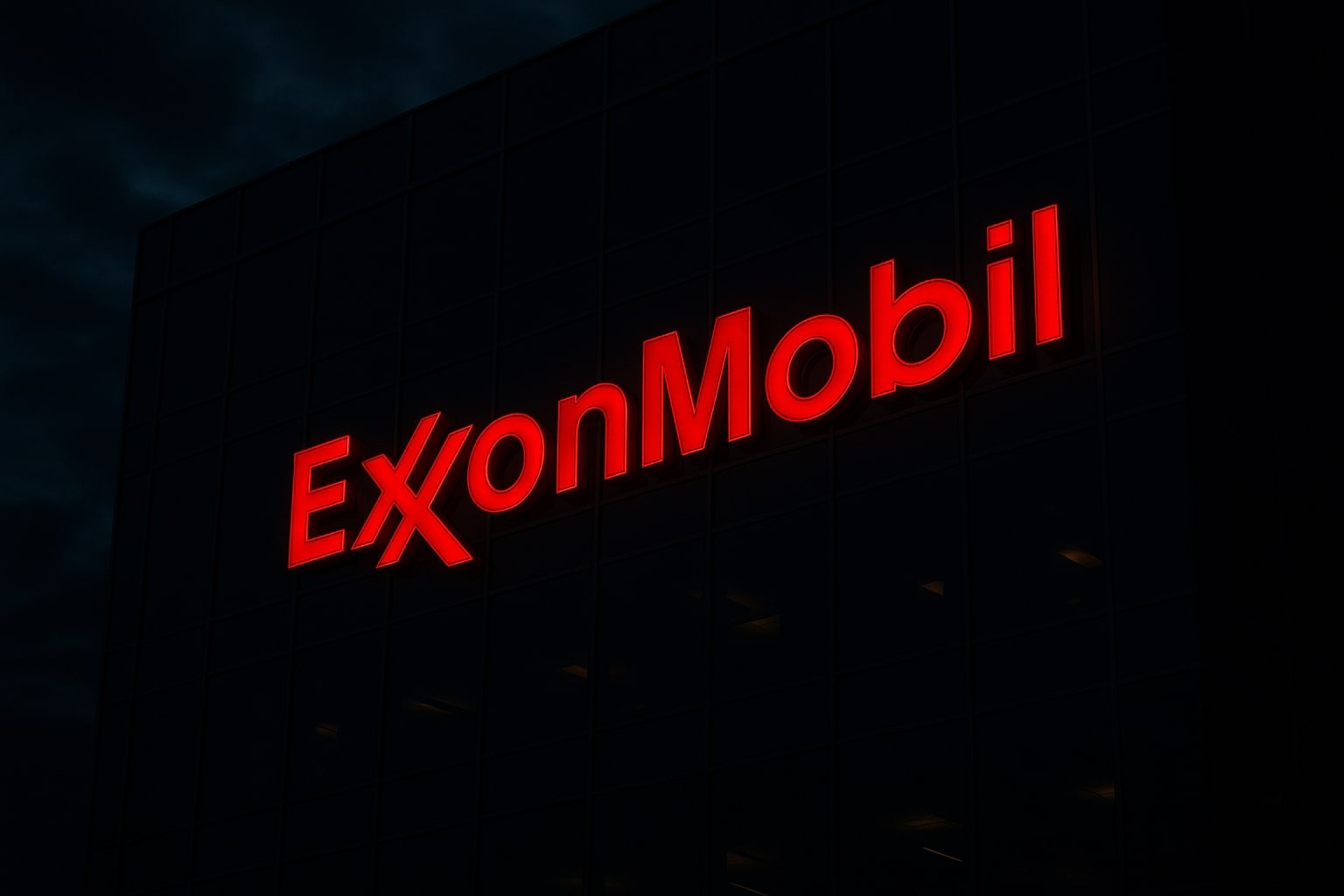
Vanguard S&P 500 VOO ETF (NYSEARCA:VOO) Hits $627.04 as Earnings Push Markets Higher
With VOO just 1% below its record high of $634.13, investors are betting on continued S&P 500 strength as Fed easing, AI-driven productivity, and global capital inflows fuel the rally | That's TradingNEWS
Vanguard S&P 500 VOO ETF (NYSEARCA:VOO) Climbs to $627.04 as U.S. Equities Extend Record-Breaking Run
Vanguard S&P 500 ETF (NYSEARCA:VOO) continues its strong advance, closing at $627.04, up 0.29%, as the S&P 500 index rallies toward its projected 7,095-point target. The ETF’s trading range between $624.50 and $629.90 reflects broad investor confidence following robust corporate earnings, easing inflation data, and renewed trade optimism between the U.S. and Asia. VOO has now gained more than 16.4% year-to-date, outperforming expectations and pushing toward its 52-week high of $634.13, with investors positioning for an even stronger Q4 performance.
The ETF mirrors the performance of the S&P 500, which continues to post record closes amid the Federal Reserve’s dovish monetary stance and U.S.–China tariff cuts announced in late October. With interest rates on a downward path and strong corporate earnings momentum, VOO’s $627 level represents more than just a technical mark — it symbolizes a renewed phase of institutional accumulation driven by macro stability and record cash positions within U.S. companies.
Earnings Momentum and Sector Rotation Power NYSEARCA:VOO
Earnings across major U.S. sectors have exceeded forecasts for the third consecutive quarter, with corporate profit margins expanding to multi-decade highs. Data shows that since 1990, American firms have continued to improve operating margins, supporting high equity valuations without speculative excess. Tech leaders within the “Magnificent Seven” remain the driving force — collectively accounting for nearly 29% of the S&P 500’s total market capitalization — but the current rally extends beyond technology. Financials, industrials, and healthcare have also seen inflows, broadening the base for VOO’s performance stability.
Notably, the Magnificent Seven’s premium valuation has dropped to 25% above the broader S&P 500, down from the five-year average of 40%. This normalization suggests market prices are being supported by earnings growth rather than speculative euphoria. The ETF’s underlying fundamentals therefore appear more sustainable than during the 2021 post-pandemic rally, with forward P/E ratios across the index near 21.4, comfortably below historical bubble thresholds.
Federal Reserve Policy Boosts Valuations and Liquidity
The Federal Reserve’s latest 25-basis-point cut, reducing the federal funds rate to 3.75%–4.00%, has catalyzed fresh inflows into equity ETFs, including VOO. Historically, every rate-cut cycle since 1980 has been accompanied by an average 18% 12-month equity market gain, and this environment mirrors that historical pattern. Investors are reallocating from money-market funds and short-duration bonds into large-cap equities as yields retreat, directly benefiting S&P 500 trackers.
Liquidity remains robust — U.S. equity mutual funds and ETFs have added more than $92 billion in new inflows since the start of Q4. VOO’s asset base continues to expand as institutional portfolios rebalance toward growth and away from cash holdings. The Fed’s latest commentary — describing policy as “driving in the fog” amid incomplete data due to the government shutdown — reinforces expectations of additional rate cuts before year-end, further fueling equities.
Trade Policy Developments Strengthen Market Confidence
Market sentiment turned sharply positive following President Trump’s U.S.–China tariff agreement, which lowered average import duties to 47% from 57% and paused rare-earth export controls for one year. The de-escalation between the world’s two largest economies bolstered outlooks for multinational corporations included in VOO’s portfolio, particularly those in the semiconductor, industrial, and consumer sectors.
The deal included China’s commitment to purchase 12 million metric tons of U.S. soybeans by early 2026 and 25 million tons annually thereafter, stabilizing agricultural markets and strengthening U.S. manufacturing sentiment. Japan’s $550 billion U.S. investment fund, launched concurrently, further enhances long-term foreign capital inflows into U.S. infrastructure, AI, and energy initiatives — sectors heavily weighted in the S&P 500 composition.
Corporate Performance Reinforces Bullish Structure for NYSEARCA:VOO
Corporate earnings across the S&P 500 constituents — the foundation of VOO — have surprised positively at a rate unseen since 2021. Over 81% of companies beat earnings estimates this quarter, with aggregate EPS growth tracking near 12.6% YoY. Sectors like information technology (+18%), industrials (+11%), and consumer discretionary (+9%) are leading this cycle’s expansion, while utilities and materials lag due to input cost pressures.
Margins across the index have held above 12.4%, supported by resilient pricing power, supply-chain normalization, and the easing of input inflation. With U.S. inflation trending near 3%, real earnings growth continues to improve, supporting higher equity multiples and stronger flows into VOO.
Historical and Seasonal Patterns Align for Further Gains
Seasonality adds another layer of strength to VOO’s outlook. Historically, November has been the best-performing month for the S&P 500, delivering average gains of 2.1% over the last 50 years and ranking second-best over the last two decades. The ETF’s October closing above $627.00 positions it for a breakout toward $634.13, its 52-week high, and potentially $650+ in early December if the S&P 500 surpasses the 7,000-point mark.
Long-term historical studies also show that dominant sectors, particularly technology and communications, can maintain leadership for decades. Goldman Sachs research spanning 225 years found that leading sectors can outperform for up to half a century, meaning expectations of imminent mean reversion are often misplaced. VOO’s concentration in structurally dominant sectors like technology (33%) and healthcare (13%) reflects this historical continuity.
Read More
-
NVIDIA Stock Price Forecast - NVDA Climbs to $202.49 as $4.92T Valuation Signal Next Leg of Growth
02.11.2025 · TradingNEWS ArchiveStocks
-
XRP ETFs Ignite: XRPR at $21.02 and XRPI at $15.08 as Bitwise and Canary Drive $10B ETF Momentum
02.11.2025 · TradingNEWS ArchiveCrypto
-
Natural Gas Price (NG=F) Rises to $3.85 as Tight U.S. Supply and Global LNG Boom Reshape Market Outlook
02.11.2025 · TradingNEWS ArchiveCommodities
-
Stock Market Today - Nasdaq Tops 18,000 as AMZN Stock Soars, NVDA Holds $5 Trillion — Intel, Palantir, and Robinhood in Focus
02.11.2025 · TradingNEWS ArchiveMarkets
-
USD/JPY Price Forecast - USDJPY=X Nears 155.00 as Japan’s Weak Yen Collide
02.11.2025 · TradingNEWS ArchiveForex
Geopolitical and Macroeconomic Risks: Weighing Tailwinds vs. Threats
While momentum remains strong, valuation risk and labor market fragility remain key considerations. The Shiller P/E ratio for the S&P 500 has climbed near 34, approaching levels seen during the early 2000s, suggesting stretched valuations. However, unlike that period, earnings growth and real yields remain supportive.
Employment data continues to weaken modestly — the U.S. quarterly job creation average has slipped to +128,000, below the pre-pandemic average of +190,000 — though productivity gains from artificial intelligence adoption have offset much of the slowdown. The Magnificent Seven’s productivity-driven growth model, powered by AI and automation, continues to raise margins without significant labor cost expansion.
Meanwhile, the risk of a prolonged U.S. government shutdown remains an overhang, with the Congressional Budget Office estimating potential GDP losses of 1.8–2% in Q4 if it extends beyond November. Still, investors appear to be discounting short-term disruptions as longer-term fundamentals remain intact.
Market Structure and Technical Positioning
Technically, VOO’s chart shows sustained higher lows since May, with the 200-day moving average rising to $592. RSI momentum sits near 63, leaving room for additional upside before reaching overbought conditions. The ETF faces key resistance at $634.13, its 52-week high, followed by a potential breakout target at $650.00. Support rests at $615.00, then $603.00.
Volume trends show consistent accumulation — average daily volume now exceeds 4.8 million shares, up 22% from Q3 averages, reflecting increased institutional participation. The absence of major profit-taking during the last two weeks underscores sustained conviction behind the rally.
Investment Outlook: NYSEARCA:VOO as a Core Market Proxy
Given the combination of record-high margins, expanding earnings, dovish policy, and global capital inflows, VOO continues to serve as the premier vehicle for diversified U.S. equity exposure. Its low expense ratio of 0.03%, coupled with an implied dividend yield near 1.35%, reinforces its efficiency for both institutional and retail investors.
With the S&P 500 projected at 7,095 points and VOO trading at $627.04, the ETF still carries upside potential of roughly 3.5%–4% in the near term. The medium-term trajectory remains constructive as the market benefits from synchronized rate cuts, strong seasonality, and structural earnings expansion in tech, healthcare, and industrials.
Based on all the data — earnings, valuations, policy, and flows — the current evidence supports a Buy stance on NYSEARCA:VOO, with an immediate price target of $650 and a 2025 forecast toward $680–$700, assuming inflation continues its glide path and corporate margins remain stable.



















